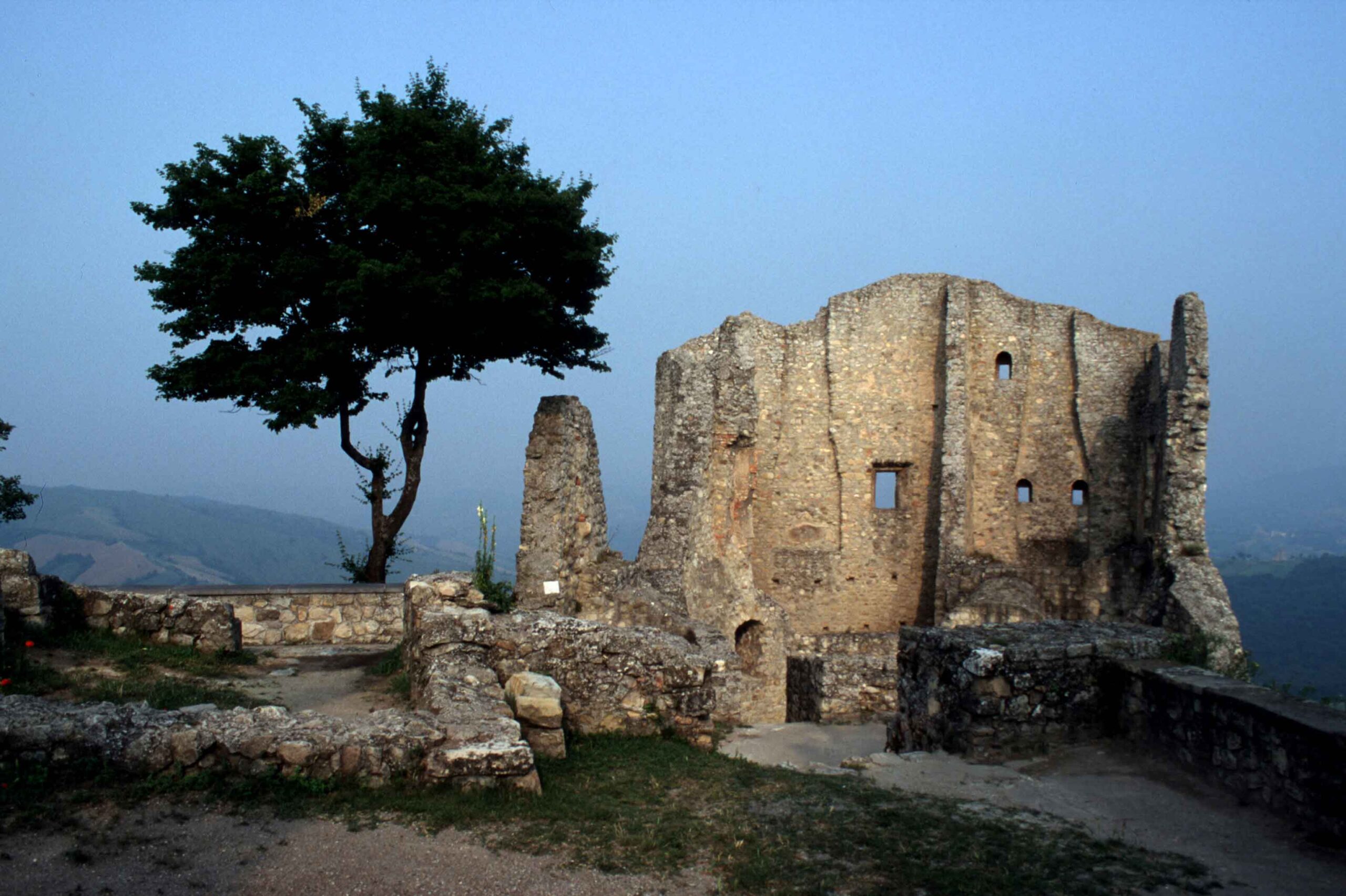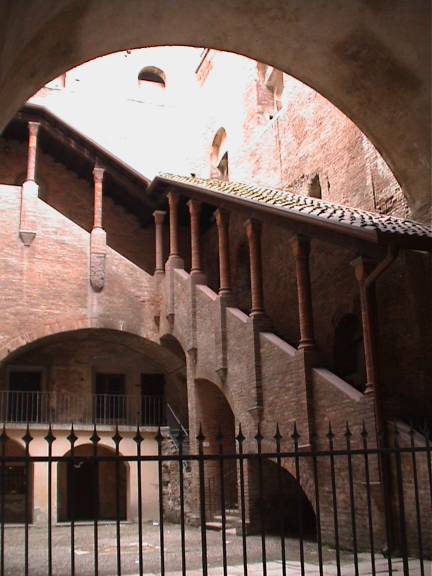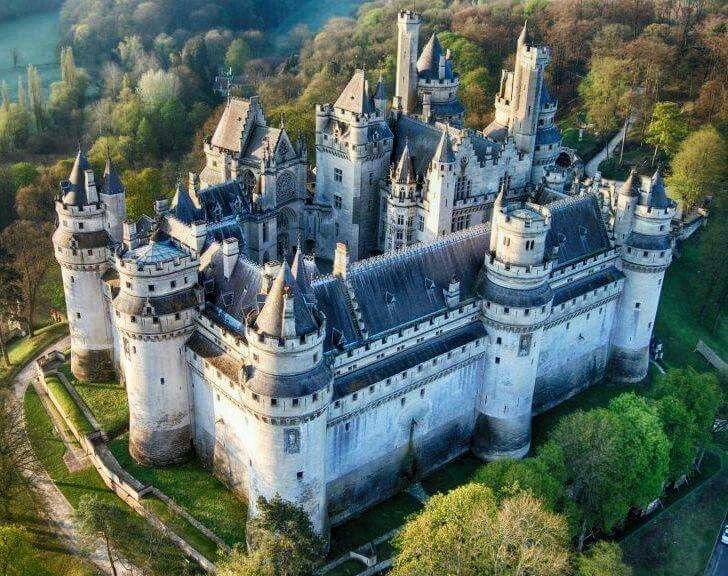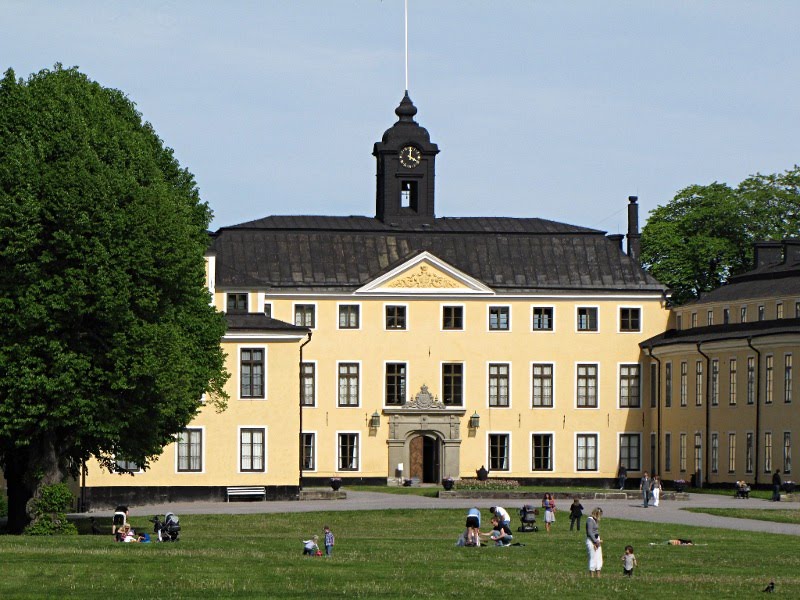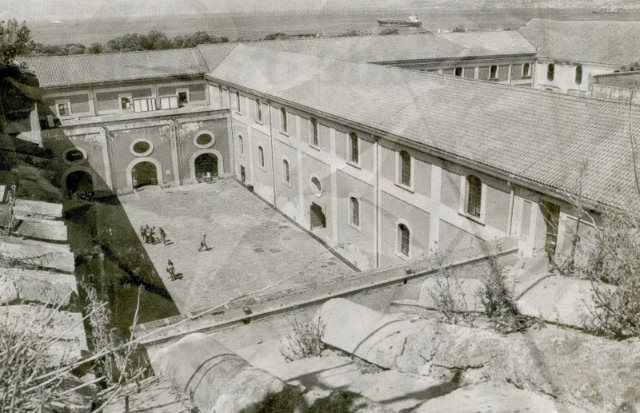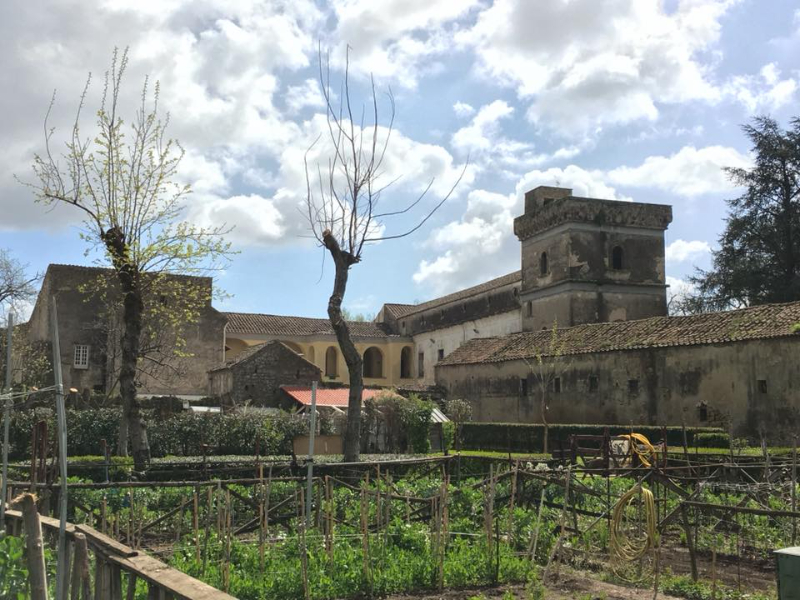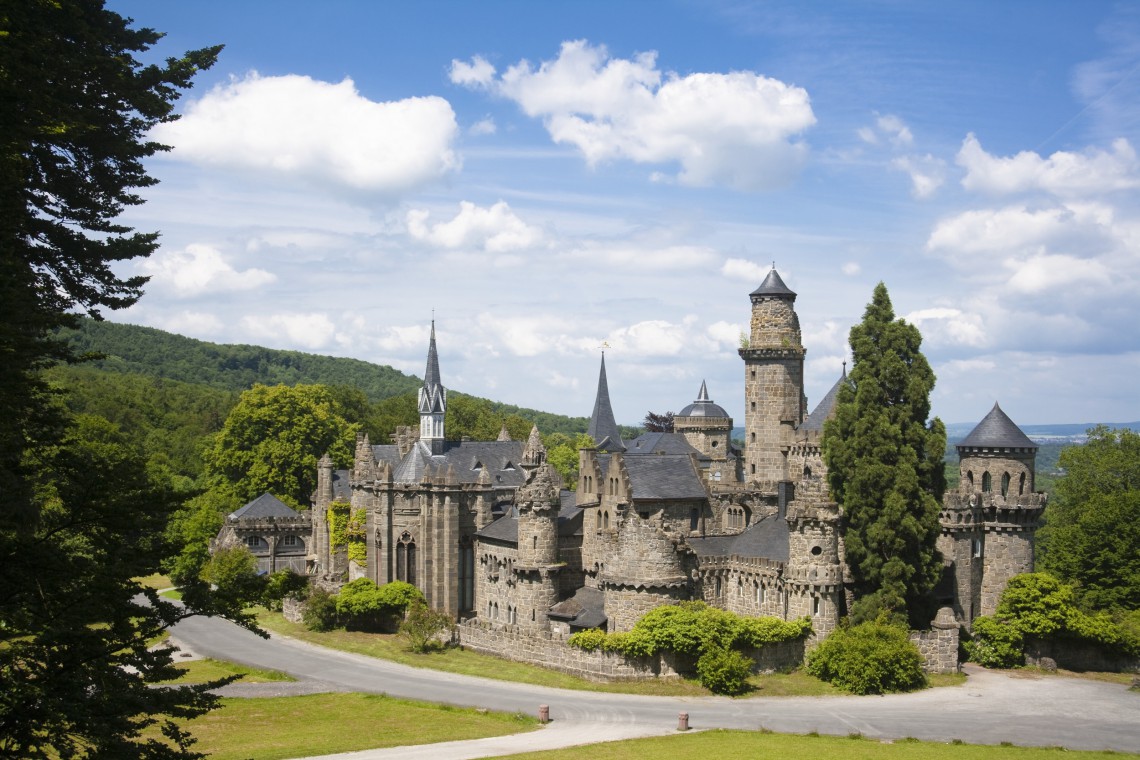The Castle of Canossa, with Rossena protecting it from the river side, is known throughout the world for the meeting between Emperor Henry IV and Pope Gregory VII. The ruins of Canossa Castle with the annexed National Museum "Naborre Campanini" rise on a rugged white sandstone cliff with a natural balcony for about 60 meters near the town of Canossa. The surrounding landscape features and historical memories make them a place of extraordinary charm. The castle was built around 940 by the Longobard Azzo Adalberto and became the centre of a complex defensive system to control the Apennine valleys and the plain. In 950 Adelaide, widow of Lotario I, king of Italy, found refuge there. Canossa’s fame is linked to the historic meeting that took place on 27 January 1077, when Pope Gregory VII excommunicated Emperor Henry IV in the presence of Countess Matilda and Abbot Hugh of Cluny. The castle has been destroyed and rebuilt several times over the centuries, but archaeological investigations have once again brought to light numerous ancient elements. In 1878, purchased by the Italian Government, it was declared a National Monument. On the site there is the Naborre Campanini"Naborre Campanini" museum, which houses finds from the excavations of the castle carried out in 1877 and 1893. The objects contained in the museum cover several themes: from the figure of Matilda and her era, to the history of archaeological excavations, to the nature trail.
